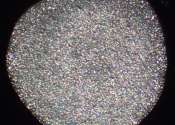Describing growing tissues in the language of thermodynamics
A key feature of biological tissues is their inhomogeneity and their ability to grow via cell reproduction. To study this behavior, it is important to describe it using equations, which account for factors including growth ...









